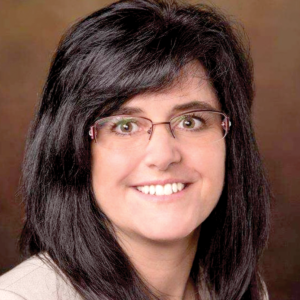The Tax Foundation
The global tax deal is going mainstream. As Politico puts it, “the technical rules that were once solely the province of tax wonks in D.C. and Paris are being brought out into the public sphere.” Here’s what you need to know about it.
Developed by the Organization for Economic Co-operation and Development (OECD) and agreed to by more than 130 countries, the global tax deal would change where large multinational companies pay taxes (known as Pillar One) and create a global minimum tax (known as Pillar Two). It’s the latter making headlines.
Pillar Two would ensure that large multinational corporations pay an effective tax rate of at least 15 percent—an attempt to stop companies from moving their profits to tax havens (i.e., low-tax or no-tax jurisdictions).
Countries would have two options: they could change their domestic rules to comply with the global minimum tax or, if they don’t change their rules, other countries could tax their multinational companies to bring them up to 15 percent.
The Organization for Economic Co-operation and Development wants to level the international tax playing field.
This is the latest iteration of the OECD’s Base Erosion and Profit Shifting (BEPS) project, launched in 2013, to stop multinational corporations from gaming the international tax system. As a result of BEPS, dozens of countries (including the U.S.) tightened rules on multinationals. But the OECD believes these rules didn’t go far enough.
But the current approach wouldn’t level the playing field for two reasons.
First, the rules privilege some pre-existing policies over others. They treat refundable tax credits much more favorably than tax credits that are only available if a company has taxable income. Because many U.S. tax credits fall under the latter category, tailoring the U.S. system to the rules would cost over $100 billion.
Second, taking away one tool countries have to help businesses (taxes) doesn’t mean there aren’t others (subsidies). Countries that can spend more to support their businesses will have a leg up on countries that can’t.
Shifting income from one jurisdiction to another to reduce tax burdens is a real concern—one the U.S. acknowledged in 2017 by dramatically changing its tax rules for multinationals. The U.S. now has three minimum taxes all aimed at similar issues the OECD rules are attempting to address. However, none of the U.S. rules seem to qualify under the OECD standards.
The web of rules would be complex and there is much uncertainty, but it seems to be a losing situation for the U.S.
According to the best estimates, the U.S. Treasury is likely to lose revenue whether it adopts Pillar Two or not (if all other countries adopt the rules). Even if the U.S. complies, it is likely to lose $56.5 billion over 10 years. And if it doesn’t, that figure more than doubles to $122 billion.
The best way to avoid losing revenue is to ensure the U.S. continues to be a place where businesses want to invest and grow.
However, the global minimum tax would also undermine the U.S.’s attempts to encourage investment. For example, the federal government allows businesses to deduct research and development costs to spur innovation. But what happens if a multinational company uses that deduction and drops below the 15 percent threshold? Other countries could increase taxes on it, dampening Congress’s intended effect.
If the Treasury loses revenue to foreign governments, then taxes on domestic activity could rise to offset it.
Over the long term, if companies choose to avoid the U.S. when they’re deciding to invest, this could mean higher prices and less investment in innovation in the U.S., which means fewer of the cutting-edge products and services you enjoy and less money in your pocket.
Additionally, job opportunities and wages would likely decrease as businesses cut costs to make up for lost profits.


